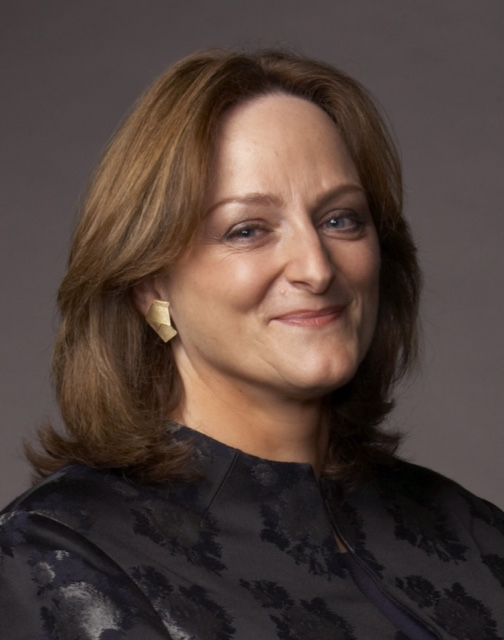
Courtesy of Meg Urry
The new satellite ASTRO-H X-ray Observatory is set to have launched early Wednesday morning as part of a mission to understand emissions caused by fast-moving matter such as black holes and galaxy clusters.
Physics and astronomy professor Paolo Coppi and physics professor Meg Urry were two of the eight American scientists chosen to join the Science Working Group, the team first able to review all of the data collected from the mission. This project, led by the Japan Aerospace Exploration Agency, will orbit the equator and collect data for three years with equipment including high resolution x-rays and a calorimeter, which measures the shape of the atomic iron emission profile. The satellite was approved for a “mission start” in 2009, when NASA first issued the call for the creation of the SWG. As of press time, the mission was set to launch at 3:45 a.m. Wednesday, but Coppi said it was possible for a number of problems to delay the mission.
The Yale astronomers noted that while similar mission satellite studies have occurred, the ASTRO-H is unique because it improves upon the resolution and sensitivity of the X-rays produced by the satellite.
“We have many good reasons why we need ASTRO-H,” principal investigator Tadayuki Takahashi said. “But my hope is that we can find something new that nobody expects.”
The extreme high-energy resolution and sensitivity Astro-H provides at energies of 6 kiloelectronvolts — energy equivalent to a supernova blast wave or the event horizon of black holes — is “truly special,” Coppi said. Urry noted that an orbiting telescope is necessary to study the particles in those clusters that emit X-rays with wavelengths 1,000 to 100,000 times shorter than visible light.
To achieve this, Urry said, the ASTRO-H is equipped with an X-ray calorimeter, which allows for high-spectra resolution 100 times more sensitive than others. The instrument uses a multi-stage cooling system and efficient X-ray mirror that permits a large collection area, she added.
“In many ways, ASTRO-H is the most complex space-science satellite project ever handled by JAXA, and a lot of new ways of doing things are being implemented,” Coppi said. “The Japanese have made an effort to make sure this is truly an international collaboration, actively seeking input from many outside experts.”
The ASTRO-H mission’s launch, originally scheduled for Feb. 12, was delayed due to weather. Coppi said this delay was the least of their impediments, adding that ASTRO-H endured many redesigns and model launches further postponing its launch. The basic ideas for the launch originated almost 30 years ago, but the team needed more time and improvements in technology to decrease the amount of noise on the X-ray images, he added.
He explained that the collaboration process between the Japanese and U.S. scientists was also difficult at times because of lack of communication. Urry noted that while the U.S. usually works well with Japan, and the collaboration for this project has overall gone well, their styles of work differ.
“It turns out that Japanese engineers are quite meticulous in their design and like to make tightly sealed boxes to hold their instruments,” Coppi said. “U.S. space engineers are typically less careful and in fact make sure that the box is very leaky, so that the waste gasses get sent out into space.”
ASTRO-H will be launched into low-Earth orbit from the Tanegashima Space Center, Japan, by a JAXA H-IIA rocket.







